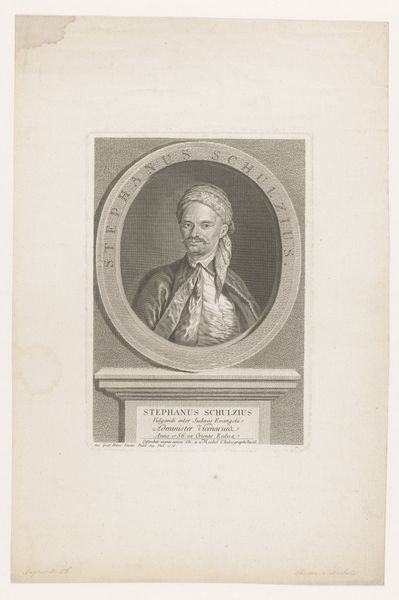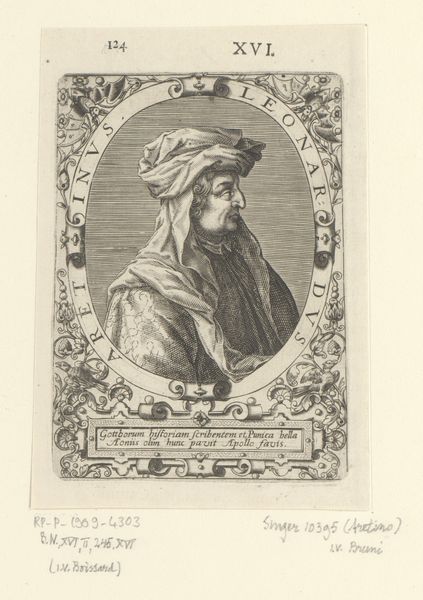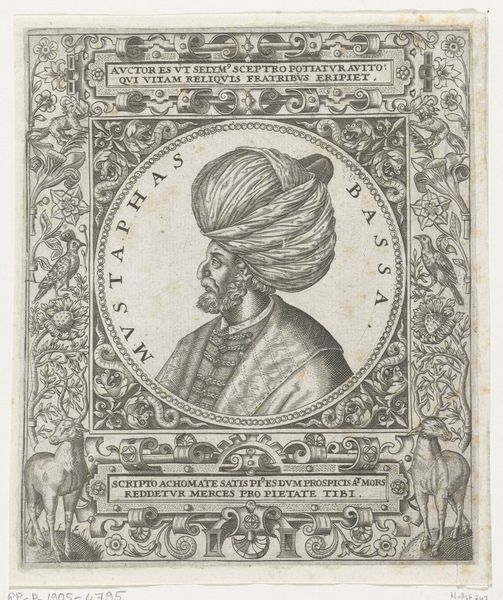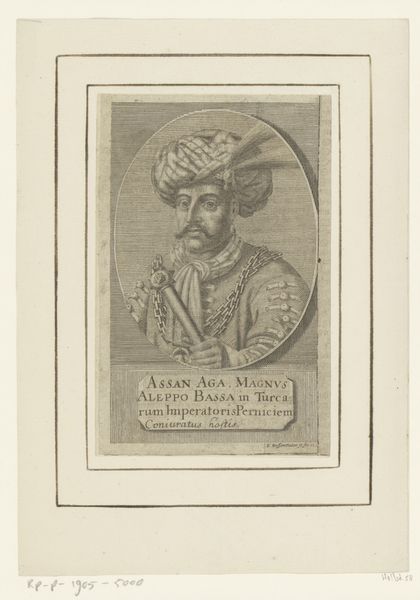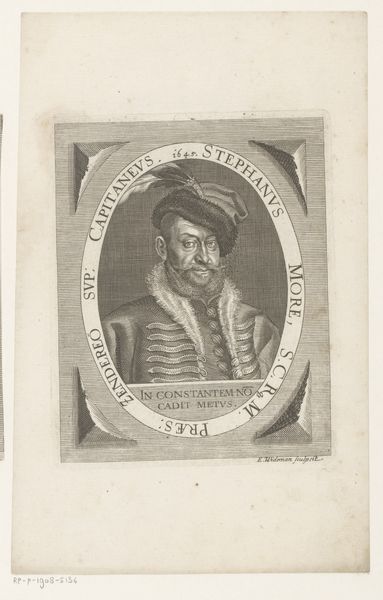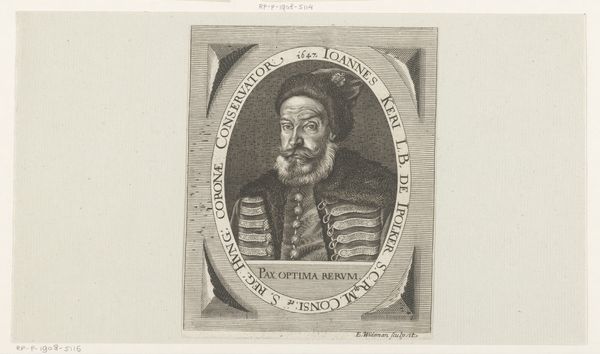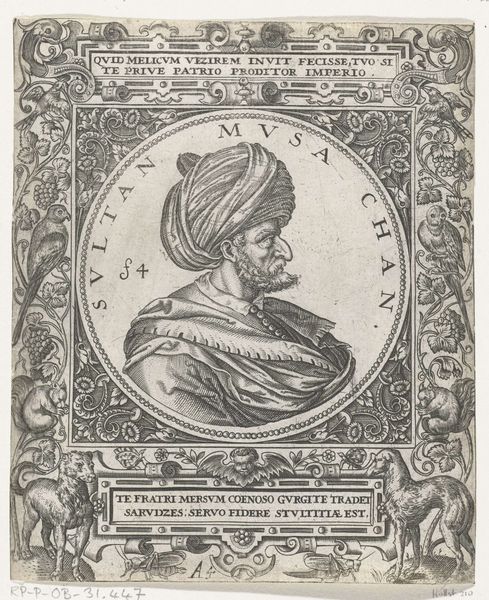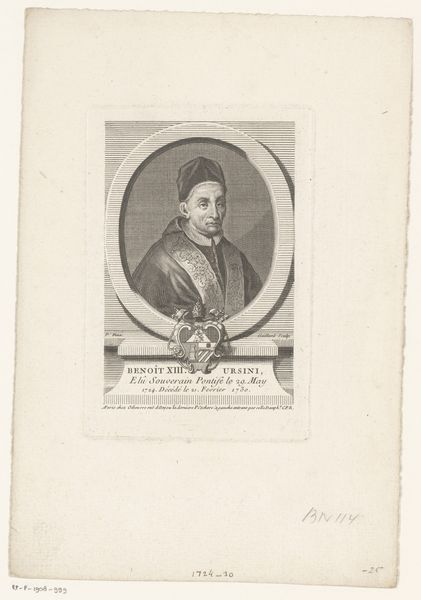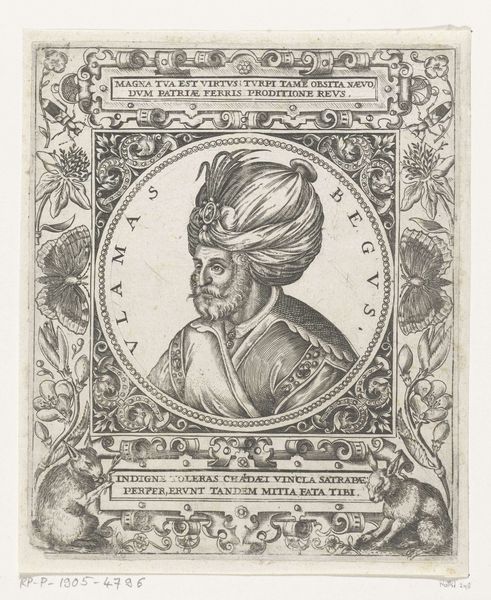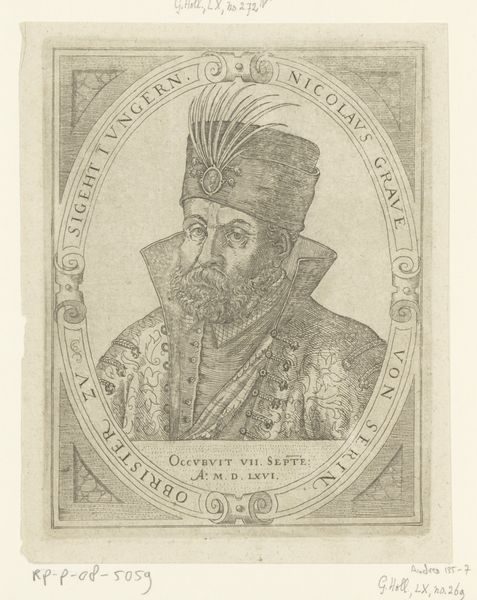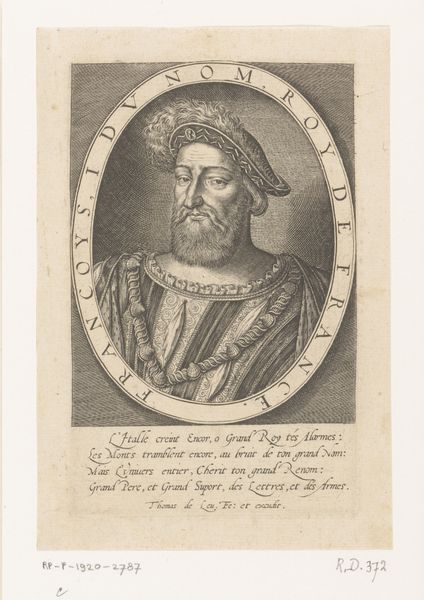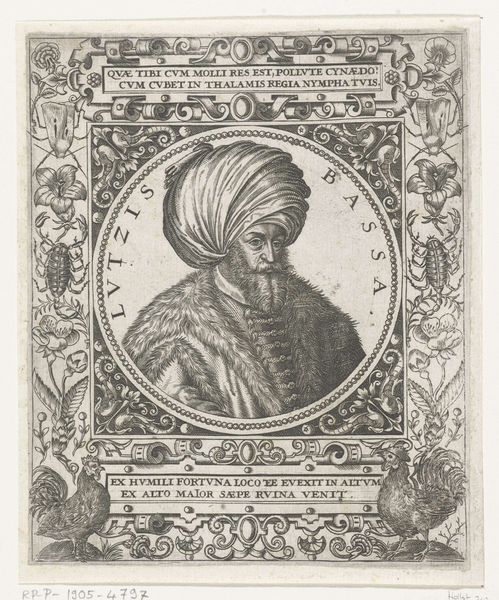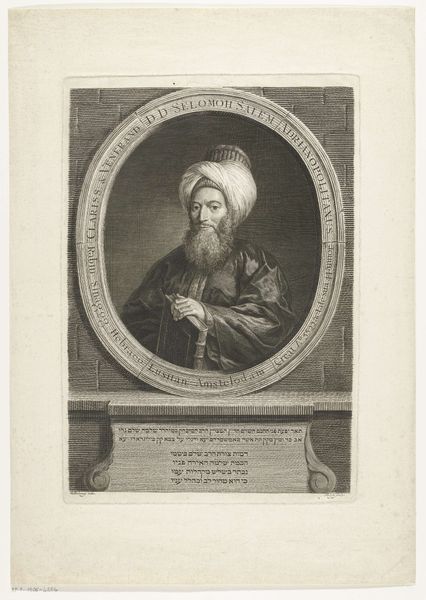
engraving
#
portrait
#
neoclacissism
#
history-painting
#
engraving
Dimensions: height 183 mm, width 121 mm
Copyright: Rijks Museum: Open Domain
Curator: Looking at this portrait of Louis Pfiffer from 1784, one immediately gets a sense of the rigid formality that defines the era's high-status portraiture. Editor: Indeed. My initial impression is its severity, though the elaborate detailing in the helmet’s feather softens it a little. What interests me most are the material conditions that made this image possible— the engraving itself, its distribution… Who was this meant to impress and how? Curator: Well, considering it’s held at the Rijksmuseum now, it likely found its audience through public displays and the emerging print market of the late 18th century. Neoclassical portraiture often served to idealize individuals of power or those associated with significant social standing. It would reinforce civic virtues and histories tied to leadership. Editor: And look at the engraving; the lines are so meticulous! This speaks to the time investment and labor involved in printmaking then. It raises interesting questions of value. What was Pfiffer's role to command such a detailed portrait and what kind of visual statement about hierarchy and the importance of political structures does it imply? Curator: From what we know, Louis Pfiffer was an important political figure and military commander, hence the armor, the grand feather and noble stance. This imagery of valor, strength, and duty was typical to communicate the ideals admired by the aristocracy. Editor: But what about the physical labour? The artisan's perspective seems almost written out of this—how many prints could one reasonably create, given the intricacy involved in each? Such limited supply almost transforms the artwork into a high commodity object rather than easily accessible one. Curator: Absolutely, and it highlights the complexity in analyzing visual works like this. While prints make a visual more accessible than, say, a painted portrait, its very production becomes something closely interwoven with status. We see a careful staging of identity intersecting labor practices which inevitably reflect socioeconomic frameworks, influencing consumption. Editor: That makes me think of today's politicians carefully crafting an image; maybe nothing changes that much through history. I appreciated diving deeper here; it's amazing what surfaces when we dissect historical impressions, labor practices and visual communication combined. Curator: Yes, a rich analysis revealing that even the stillest image tells a story far broader than just a singular face.
Comments
No comments
Be the first to comment and join the conversation on the ultimate creative platform.

